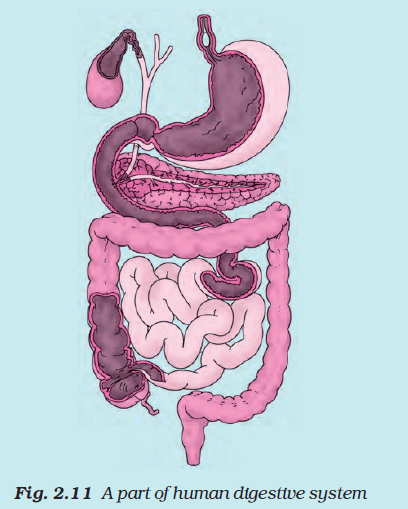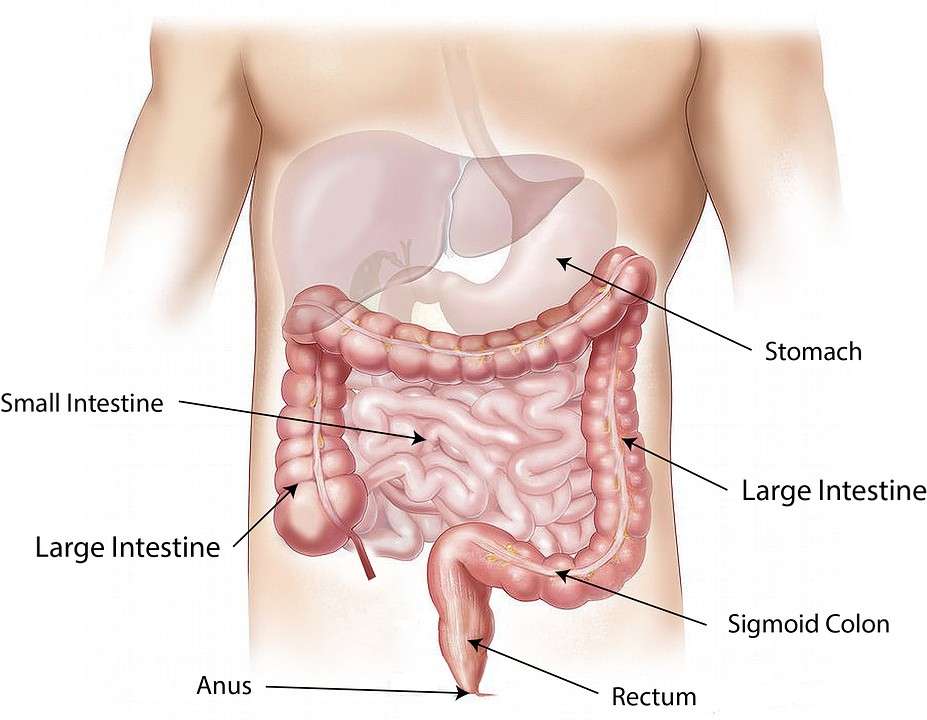NCERT Solutions for Class 7 Science Chapter 2 – Nutrition in Animals
Embark on a journey of knowledge with the NCERT Solutions for Class 7 Science Chapter 2 - Nutrition in Animals. This chapter opens up a world of new and fundamental topics that play a crucial role in shaping your academic journey.
Access Answers to NCERT Solutions for Class 7 Science Chapter 2 – Nutrition in Animals
Students can access the NCERT Solutions for Class 7 Science Chapter 2 – Nutrition in Animals. Curated by experts according to the CBSE syllabus for 2023–2024, these step-by-step solutions make Science much easier to understand and learn for the students. These solutions can be used in practice by students to attain skills in solving problems, reinforce important learning objectives, and be well-prepared for tests.
Nutrition in Animals
Tick (✓) mark the correct answer in each of the following:
(a) Fat is completely digested in the
(i) stomach (ii) mouth (iii) small intestine (iv) large intestine
(b) Water from the undigested food is absorbed mainly in the
(i) stomach (ii) food pipe (iii) small intestine (iv) large intestine
a) (iii) small intestine
b) (iv) large intestine
Mark ‘T’ if the statement is true and ‘F’ if it is false:
(a) Digestion of starch starts in the stomach. (T/F)
(b) The tongue helps in mixing food with saliva. (T/F)
(c) The gall bladder temporarily stores bile. (T/F)
(d) The ruminants bring back swallowed grass into their mouth and chew it for some time. (T/F)
a) F
b) T
c) T
d) T
Fill in the blanks:
(a) The main steps of nutrition in humans are _________, __________, __________, _________ and __________.
(b) The largest gland in the human body is __________.
(c) The stomach releases hydrochloric acid and ___________ juices which act on food.
(d) The inner wall of the small intestine has many finger-like outgrowths called _________.
(e) Amoeba digests its food in the ____________ .
(a) The main steps of nutrition in humans are ingestion, digestion, absorption, assimilation and egestion.
(b) The largest gland in the human body is liver.
(c) The stomach releases hydrochloric acid and digestive juices which act on food.
(d) The inner wall of the small intestine has many finger-like outgrowths called villi.
(e) Amoeba digests its food in the food vacuole.
Match the items of Column I with those given in Column II:
|
Column- I |
Column- II |
|
Food components |
Product(s) of digestion |
|
Carbohydrates |
Fatty acids and glycerol |
|
Proteins |
Sugar |
|
Fats |
Amino acids |
|
Column- I |
Column- II |
|
Food components |
Product(s) of digestion |
|
Carbohydrates |
Sugar |
|
Proteins |
Amino acids |
|
Fats |
Fatty acids and glycerol |
What are villi? What is their location and function?
Villi are finger-like projections or outgrowth. They are present in the small intestine of our digestive system. The villi increase the surface area for absorption of the digested food.
Where is the bile produced? Which component of the food does it help to digest?
Bile juice is produced in the liver, and it helps in the digestion of fats by breaking large fat globules into smaller ones.
Name the type of carbohydrate that can be digested by ruminants but not by humans. Give the reason also.
Cellulose is the carbohydrate that can be digested by ruminants but not by humans because humans lack cellulase enzyme required to digest the cellulose.
Why do we get instant energy from glucose?
Glucose is a simple sugar which is easily absorbed into the blood whereas other carbohydrates are first broken down into glucose and then absorbed; hence, glucose gives instant energy.
Which part of the digestive canal is involved in:
(i) absorption of food ________________.
(ii) chewing of food ________________.
(iii) killing of bacteria ________________.
(iv) complete digestion of food ________________.
(v) formation of faeces ________________.
i) Small intestine
ii) Buccal cavity
iii)Stomach
iv) Small intestine
v) Large Intestine
Write one similarity and one difference between nutrition in amoeba and human beings.
Similarity: Both amoeba and human beings follow the holozoic type of nutrition.
Difference:
Humans intake food through buccal cavity. In amoeba food is ingested through pseudopodia.
Match the items of Column I with suitable items in Column II
|
Column-I |
Column-II |
|
a) Salivary gland |
(i) Bile juice secretion |
|
b) Stomach |
(ii) Storage of undigested food |
|
c) Liver |
(iii) Saliva secretion |
|
d) Rectum |
(iv) Acid release |
|
e) Small intestine |
(v) Digestion is completed |
|
f) Large intestine |
(vi) Absorption of water |
|
(vii) Release of faeces |
|
Column-I |
Column-II |
|
a) Salivary gland |
(iii) Saliva secretion |
|
b) Stomach |
(iv) Acid release |
|
c) Liver |
(i) Bile juice secretion |
|
d) Rectum |
(ii) Storage of undigested food |
|
e) Small intestine |
(v) Digestion is completed |
|
f) Large intestine |
(vi) Absorption of water |
Label Fig. 2.11 of the digestive system.


Can we survive only on raw, leafy vegetables/grass? Discuss.
No, we cannot survive only on raw, leafy vegetables because they mainly consist of Cellulose which cannot be digested by us due to lack of cellulose-digesting enzyme in our body.
Admissions Open for 2025-26
Frequently Asked Questions
The NCERT solution for Class 7 Chapter 2: Nutrition in Animals is important as it provides a structured approach to learning, ensuring that students develop a strong understanding of foundational concepts early in their academic journey. By mastering these basics, students can build confidence and readiness for tackling more difficult concepts in their further education.
Yes, the NCERT solution for Class 7 Chapter 2: Nutrition in Animals is quite useful for students in preparing for their exams. The solutions are simple, clear, and concise allowing students to understand them better. They can solve the practice questions and exercises that allow them to get exam-ready in no time.
You can get all the NCERT solutions for Class 7 Science Chapter 2 from the official website of the Orchids International School. These solutions are tailored by subject matter experts and are very easy to understand.
Yes, students must practice all the questions provided in the NCERT solution for Class 7 Science Chapter 2: Nutrition in Animals as it will help them gain a comprehensive understanding of the concept, identify their weak areas, and strengthen their preparation.
Students can utilize the NCERT solution for Class 7 Science Chapter 2 effectively by practicing the solutions regularly. Solve the exercises and practice questions given in the solution.

